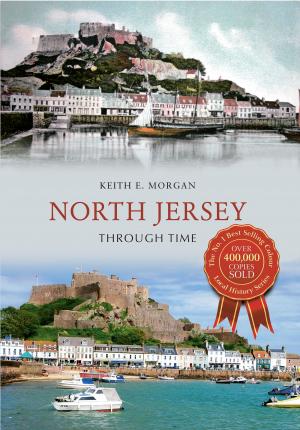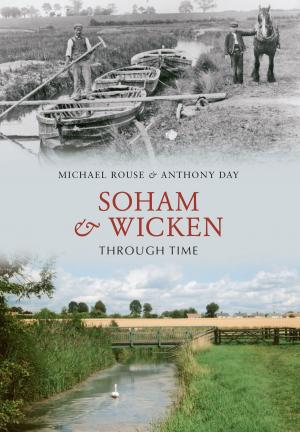| Author: | Liz Hanson | ISBN: | 9781445659251 |
| Publisher: | Amberley Publishing | Publication: | June 15, 2017 |
| Imprint: | Amberley Publishing | Language: | English |
| Author: | Liz Hanson |
| ISBN: | 9781445659251 |
| Publisher: | Amberley Publishing |
| Publication: | June 15, 2017 |
| Imprint: | Amberley Publishing |
| Language: | English |
The history of Peebles spans nine centuries, so it is inevitable that there is a wealth of history in which to delve for nuggets of interest. David I of Scotland used to visit Peebles Castle in the late 1100s to hunt, the parish church of St Andrew was founded in 1195, and the town was made into a royal burgh by David II in 1367. The River Tweed did not have a bridge at Peebles until 1467, just a few years after burgh records were started during the reign of James II. In the sixteenth century, the town was surrounded by a wall with defensive bastel houses, remains of which can still be seen. The social history changed dramatically with the arrival of the railways in the nineteenth century as woollen mills took advantage of both the fast flow of the river and easy transportation of goods; the trains also brought flocks of tourists to the picturesque setting, establishing Peebles as a holiday location. Traces of the town’s fascinating history are visible to the enquiring eye and local author Liz Hanson endeavours to uncover some of the secrets of Peebles.
The history of Peebles spans nine centuries, so it is inevitable that there is a wealth of history in which to delve for nuggets of interest. David I of Scotland used to visit Peebles Castle in the late 1100s to hunt, the parish church of St Andrew was founded in 1195, and the town was made into a royal burgh by David II in 1367. The River Tweed did not have a bridge at Peebles until 1467, just a few years after burgh records were started during the reign of James II. In the sixteenth century, the town was surrounded by a wall with defensive bastel houses, remains of which can still be seen. The social history changed dramatically with the arrival of the railways in the nineteenth century as woollen mills took advantage of both the fast flow of the river and easy transportation of goods; the trains also brought flocks of tourists to the picturesque setting, establishing Peebles as a holiday location. Traces of the town’s fascinating history are visible to the enquiring eye and local author Liz Hanson endeavours to uncover some of the secrets of Peebles.















